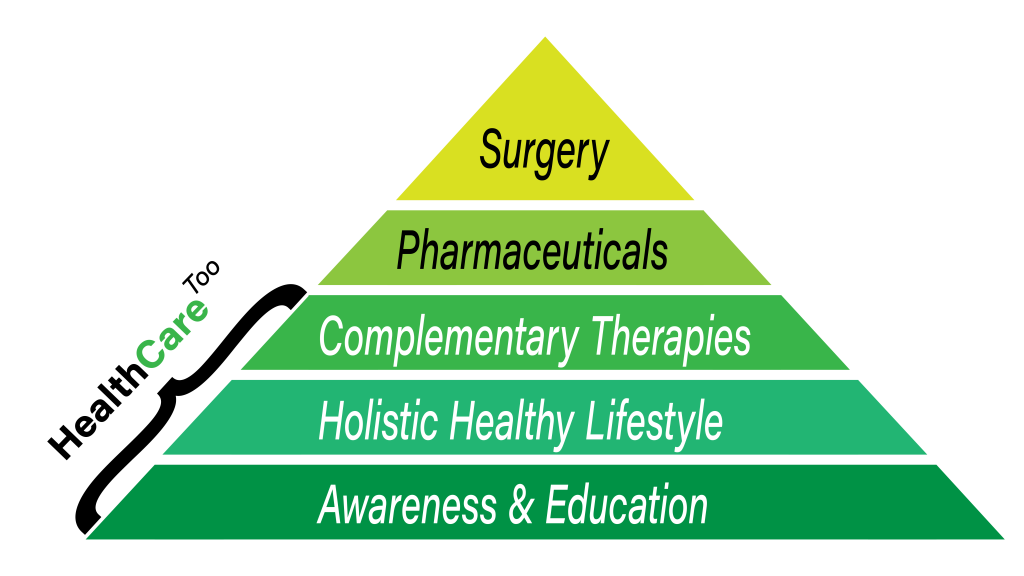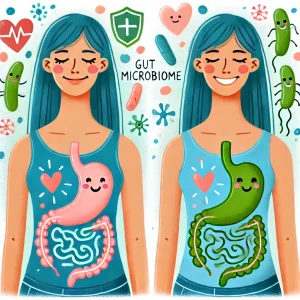European Health
European health and wellbeing have seen improvements in a number of areas such as increased life expectancy and lower maternal mortality. However, they struggle overall with some lifestyle choices like tobacco and alcohol.
During a trip to Iceland and Germany in June we noticed that while supermarkets carried only a fraction of a shelf with “junk food” snacks (as opposed to multiple aisles in the US), there was smokers at every turn. There is much the US and European can still learn and teach each other to improve health.
In 2012, the WHO Regional Committee for Europe designed the Health 2020, a policy framework that championed the enhancement of Europeans’ health and wellbeing and the improvement of health equity throughout the region. The ambition was to generate health information and evidence for individual European countries that could guide public health efforts within the countries’ cultural and political contexts towards key health targets. The European Health Report 2018: More than numbers—evidence for all, published on Sept 11, 2018, delivers the WHO Regional Office for Europe’s most recent update on progress made towards achieving the Health 2020 targets relative to 2010 baseline data. By many measures, health in Europe has never been better. Yet the report paints a sobering picture of trends in health risk factors and reveals persisting inequality across the region and between the sexes.
The region has been successful in sustaining a 1·5% annual reduction in premature mortality from cardiovascular diseases, cancer, diabetes, and chronic respiratory diseases. Average life expectancy at birth increased from 76·7 years in 2010 to 77·9 years in 2015, average maternal mortality decreased from 13 deaths per 100 000 livebirths in 2010 to 11 deaths per 100 000 livebirths in 2015, and regional average infant mortality decreased from 7·3 infant deaths per 1000 livebirths in 2010 to 6·8 infant deaths per 1000 livebirths in 2015. Outcomes of subjective measures of wellbeing are reassuring: self-reported life satisfaction reached a score of 6 out of 10, and social connectedness is strong, with 81% of people aged 50 years and older having family or friends to provide social support.
Despite these encouraging trends, efforts towards improving other public health problems have been woefully inadequate. Europeans in all age groups are still the world’s leading consumers of tobacco and alcohol.
Source: Health in the European region: time to act on the evidence – The Lancet
You may also be interested in American College of Lifestyle Medicine Announces Dietary Lifestyle Position Statement for Treatment and Potential Reversal of Disease




